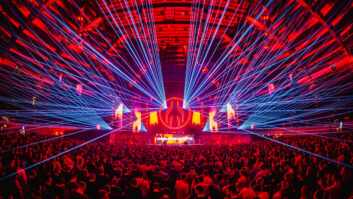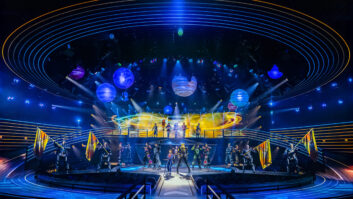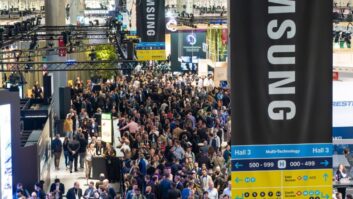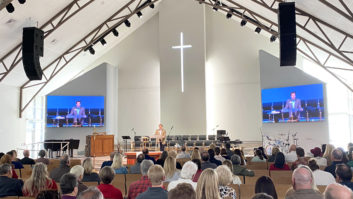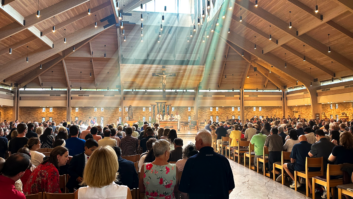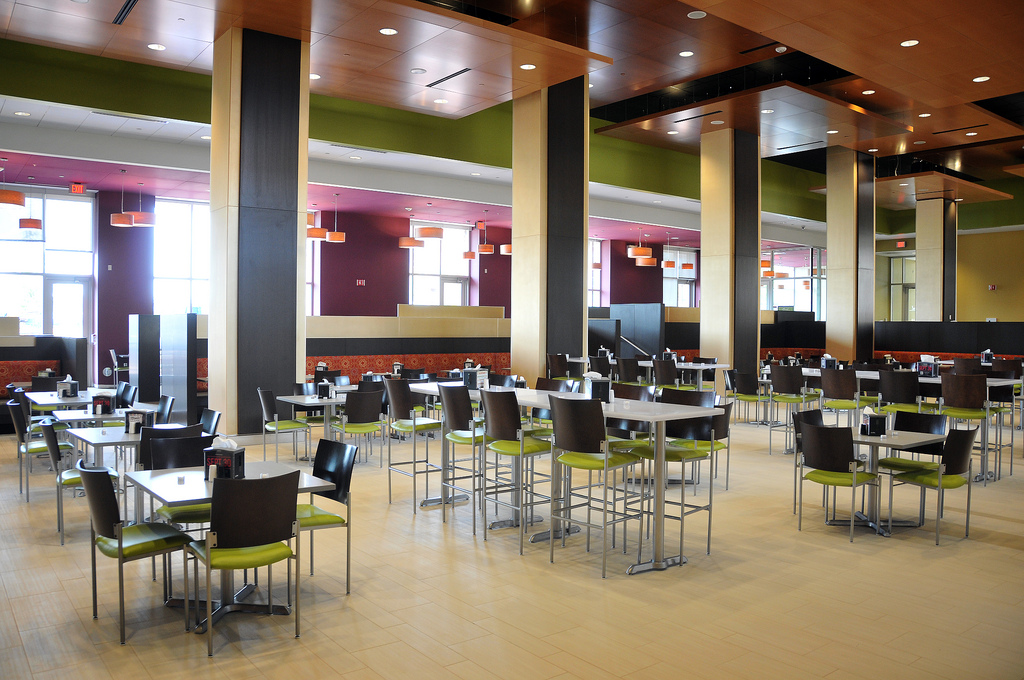
Having previously investigated the growing popularity of wireless control, here Steve Montgomery looks at new application possibilities and also where wireless may not be suitable due to potential transmission problems.
With the inherent ability for each light fitting, controller and sensor to communicate wirelessly, combined with the vast quantity of devices likely to be installed, it is unsurprising that this technology has not escaped the notice of major manufacturers and service providers.
Adata, better known as the second-largest global computer memory device manufacturer, with an annual turnover in excess of $1billion, has now moved into the connected LED lamp and controller market. Established building management systems manufacturers, including Schneider Electric and Honeywell, and Internet of Things (IoT) and wireless and cloud network providers such as Synapse and Daintree Networks, have expanded their attention to the provision of building-wide control systems that take advantage of wireless lighting devices and controllers. In addition many start-ups and crowd-funded companies are being formed to provide new applications and capabilities that take advantage of this technology.
Wireless control has also found application in the architectural and live event sectors. “Wireless control is ideal for temporary shows or installations and in retrofits of historic buildings where it is not possible to add new conduit and wiring,” says Bryan Palmer, ETC architectural market manager. “With advancements in technology over the past few years, wireless has become a reliable means of communication when the systems are designed correctly and proper care is taken to determine what frequencies and channels are least likely to encounter interference. However, they need to be very robust in reliability, security, configuration and coverage as they transmit live data where every data packet matters.”
Mark Ravenhill, president of GLP, agrees but sounds a note of caution: “It can certainly help in situations where running cables is difficult, such as in public access areas. But if the signal is lost or corrupted there may be loss of control, which could lead to fixtures locking up or behaving erratically, so it is not suited to installations where there is the potential for RF interference. For example at the Super Bowl halftime show we couldn’t use it; the RF situation there was a challenge, with police, medical and secret service communication networks, teams’ on-field radios, artists’ wireless mics and production and TV crews’ wireless radios and camera feeds all using limited bandwidth.”
Sam Woodward, customer education leader, Europe and Africa at Lutron Electronics, adds: “Transmission problems must be designed out of the system by the manufacturer. Avoiding congested parts of the RF spectrum is a first-step towards this. Ensuring that the underlying firmware uses good error-checking to ensure that there is no ‘strange behaviour’ is also fundamental.”
Despite these potential problems, wireless DMX is a successful method of controlling event lighting. “Our wireless W-DMX system protects data from corruption and ensures transmission integrity by using adaptive frequency hopping (AFH) that automatically avoids frequencies that are already in use, together with dual-band 2.4GHz and 5GHz simultaneous transmission and error-correction techniques,” explains Niclas Arvidsson, CEO of Wireless Solution.
Wireless lighting control has clearly come of age in the residential and commercial building industries and in live event management. It is bound to expand further, finding new applications, greater scope and becoming more deeply integrated into larger control systems. Woodward believes: “We’re at an exciting time as LED light sources become increasingly efficient and are now a mainstream light-source, as networking technologies offer new ways of communicating with our systems and as user-interface design combines both the functional and the aesthetic to deliver systems that are easy to use and visually attractive. Gone are the days of an ugly light-switch on the wall with a single function, and in its place are systems that are convenient and stylish.”
www.adata.com
www.etcconnect.com
www.germanlightproducts.com
www.lutron.com
www.wirelessdmx.com
